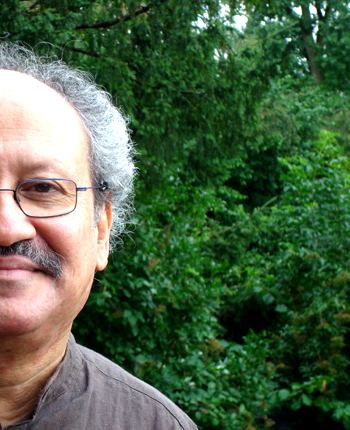Name Clarence Barlow | Role Composer | |
 | ||
Education University of Calcutta, Hochschule fur Musik und Tanz Koln, Trinity College of Music, Utrecht University Similar People Johannes Fritsch, Georg Hajdu, Konrad Boehmer, Curtis Roads, Jasna Velickovic | ||
Clarence barlow
Clarence Barlow (born 27 December 1945) is a composer of classical and electroacoustic works.
Contents
- Clarence barlow
- Clarence barlow dokumissa 87 intro to januar am nil
- Education
- Career
- Personal life
- Compositional style and techniques
- References

Clarence barlow dokumissa 87 intro to januar am nil
Education
Barlow was born in Calcutta, India a member of the anglophone minority, of British and Portuguese descent. He studied at the Calcutta University, at the Trinity College of Music in London (Calcutta Centre), at the Hochschule für Musik Köln (Music University Cologne) and at the Institute of Sonology at Utrecht University.
Career
Barlow was one of the founders of Initiative Musik und Informatik Köln. In 1988 he was the director of music at the International Computer Music Conference in Cologne (Anon. 2014). From 1990 to 1994, Barlow was the artistic director of the Institute of Sonology, at the Royal Conservatory of The Hague, where he also taught in the composition department (Wilson 2001).
His students have included Missy Mazzoli, Georg Hajdu, Harald Muenz, Marko Ciciliani, Juan Maria Solare, Juan Sebastian Lach, Kristoffer Zegers, Patrick Saint-Denis, and Gabriel Pareyon. See: List of music students by teacher: A to B#Clarence Barlow.
Personal life
He currently lives in California where he teaches at the University of California at Santa Barbara.
Compositional style and techniques
Barlow prefers traditional instrumental timbres to electronically synthesized ones because "they sound so much more alive and exciting" (Kaske 1985, 23). Although for this reason most of his works have been written for traditional instruments, he has frequently used the computer to generate the structures of his works. His comprehensive theory of tonality and metrics was first tested in the piano work Çoǧluotobüsişletmesi (1975–79). Spectral analysis and instrumental resynthesis of human speech has also played an important role in his compositions (Wilson 2001).
